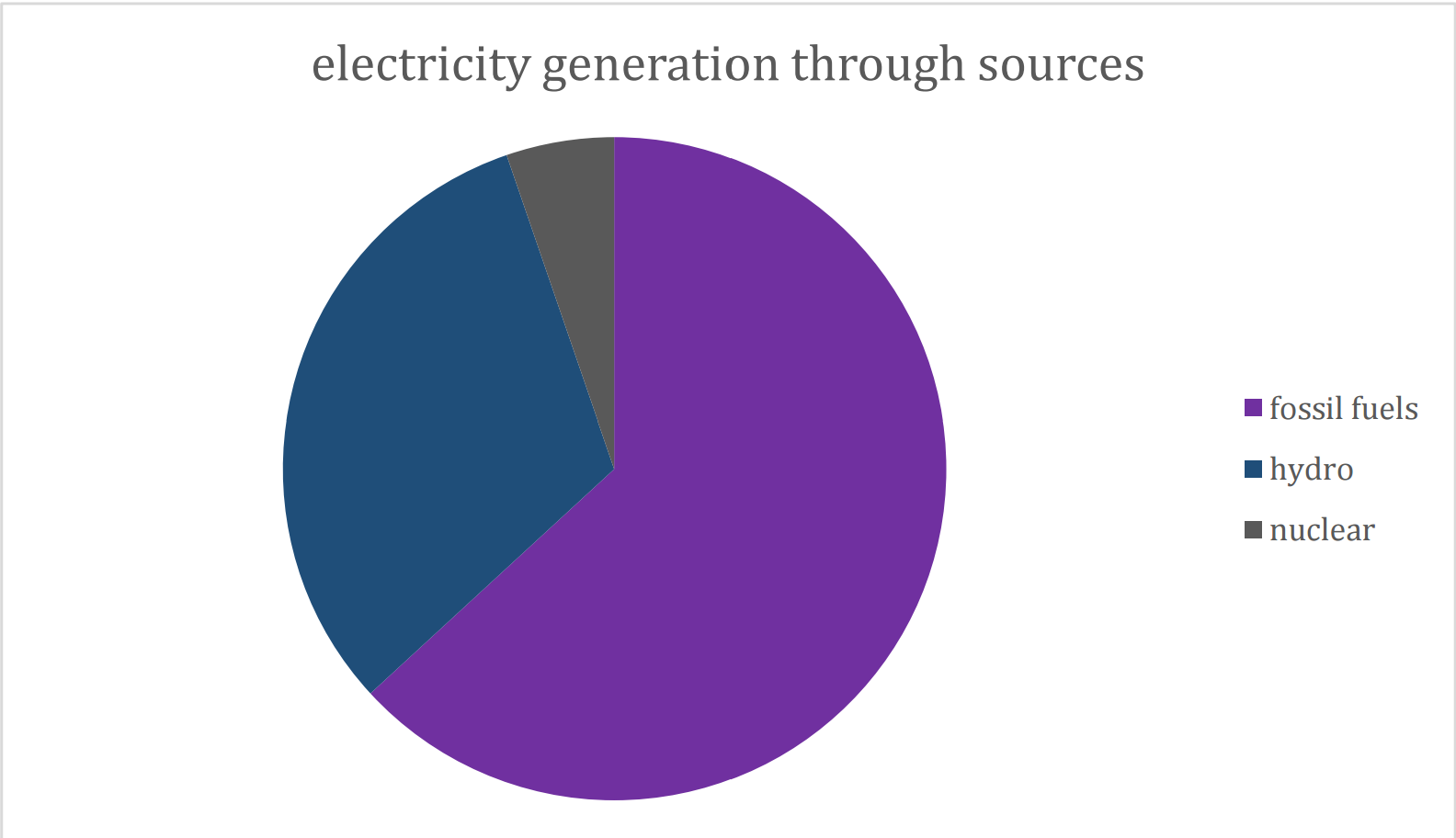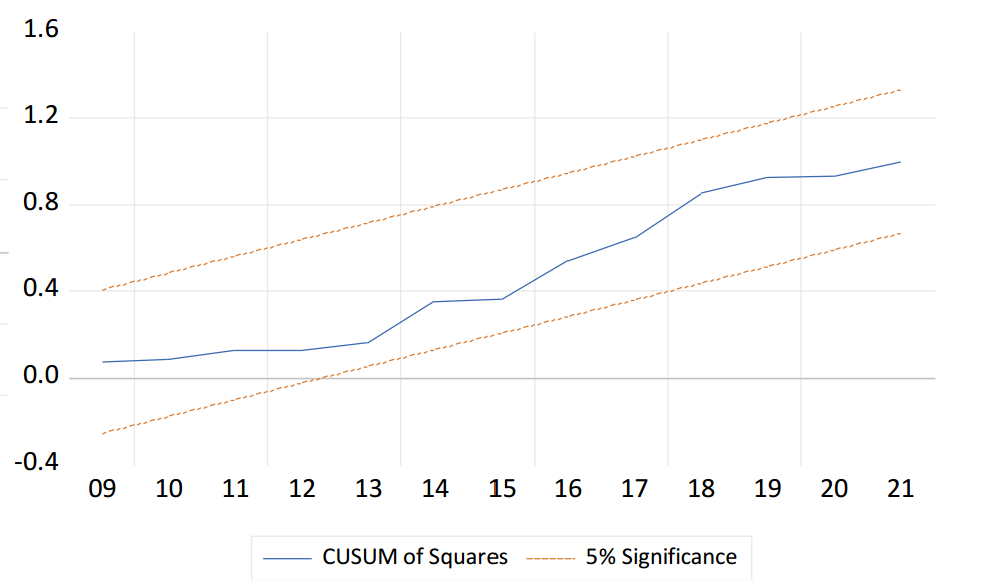Pakistan’s Energy Dilemma and Its Consequences on Economic Growth
Abstract
Technological advancements in the last few decades have created energy and cost-efficient power plants, but it is not a prominent feature in the electricity supply-chain. While many long-term and short-term energy alternatives are available, Pakistan still has a significant number of people who do not have access to electricity; as there are many areas that are neither connected to the national grid nor the provincial grids. This paper aims to find the reasons behind the energy crisis in Pakistan, keeping Islamabad as the focus of study, and to find the effect of use of renewable resources on the reduction of shortage of electricity. We will be focusing on the facts that how energy crisis has been affecting the economic growth of the country. Our data collection will be based on primary sources and secondary sources along with which we will be conducting pilot study to check the feasibility of using the solar energy as an alternative form of electricity.
Show Figures
Share and Cite
Article Metrics
References
- Abassi, Z. (2011, July 7). Energy Crisis Costs 2 Percent of GDP Anually . Bussiness Recorder .
- Adnan, S., Hayat, A., Haider, S., & Mahmood, R. (May 2012). Solar Energy Potential in Pakistan . Journal of Renewable and Sustainable Energy .
- Arshad, K., Muhammad, A., & Usman. (2019). Energy Demand in Pakistan: A Disaggregate analysis . Munich Personel RePEc Archive , Pakistan Instittute of Development Economics Islamabad Pakistan.
- Ashok, S. (2021, June 8). Solar Energy. Retrieved from Britannica: https://www.britannica.com/science/solar-energy
- Authority, N. E. (2015). State of Industry Report . Islamabad .
- Awan, b. A., & Khan, A. Z. (May 2014 ). Recent progress in renewable energy – Remedy of energy crisis in Pakistan. Science Direct- Renewable and Sustainable energy Reviews , 236-253.
- Bank, W. (2018, May 16). WB Pakistan- Electric Power Consumption. Retrieved from The World Bank : https://data.worldbank.org/indicator
- Chiang, C., & Chung, C. (January 2008). Energy consumption and economic growth in Asian economies: A more comprehensive analysis using panel data. Resource and Energy economics , 50-65.
- Districts of Pakistan. (2000). Retrieved from Pakistan Information : http://www.pakinformation.com/district.html
- Dr. Chaudary, A. (2015). Fossil fuels and Energy Production . Lahore School of Economics Journal .
- Dunn, T. K. (December 1991). Pakistan's Energy Position: Problems and Prospects. University of California Press , Volume 31, Issue 12.
- H, Q. (June 2001 ). Understanding the dynamics of electricity supply, resources and pollution: Pakistan's case. Science Direct- Elsveir , 595-606.
- H. Kazmi, S. (2013, August 31). Pakistan's Energy Crisis. Retrieved from The Diplomat : https://thediplomat.com/2013/08/pakistans-energy-crisis/
- Hayat, F., & Pirzada, D. (n.d.). Prevailing Energy Crisis in Pakistan. Mechanics, Energy, Environment .
- Javed, S., Raza, R., Hassan, I., Saeed, R., & etall. (2016). The energy crisis in Pakistan: A possible solution via biomass-based waste. Journal of Renewable and Sustainable Energy.
- Kessides, C. (1993). The Contributions of Infrastructure to Economic Development: A Review of Experience and Policy Implications. The World Bank .
- Klare T., M. (17 May 2001). Resource Wars: The New Landscape of Global Conflict . Henry Holt and company .
- Kraft, J., & Arthur, K. (Spring 1978). On the Relationship Between Energy and GNP. The Journal of Energy and Development, 401-403.
- Kugleman, M. (2021). Political Instability and Energy Excercise.
- Lodhi, R., M, S. S., & U, H. (2013). Empirical Investigation of the Factors Affecting Foreign Direct Investment in Pakistan: ARDL Approach. Semanitic Scholar .
- Lynch, M. (2007, June ). Energy Sector Assessment for USAID Pakistan . Retrieved from Bureau for Economic Growth, Agriulture and Trade: www.unitedstatesagencyforinternationalDevelopment.com
- M, B., & R, G. (2010). Energy Consumption and Economic Groeth in Newzealand: a Multivirate and Trivirate Model . Energy Policy , 3508-3517.
- Malik, A. (2012). Power Crisis in Pakistan: A Crisis in Governance . Pakistan Institue of Development Economics: Economics Journal .
- Malik, M. A., & Sheikh, A. A. (April 2010). Energy Security and Power Crisis . Pakistan Energy Policy .
- Mariam, S. (2017, March 17). Pakistan has ‘2.9 million MW solar energy potential’. Retrieved from The Tribune : https://tribune.com.pk/story/1357453/going-green-pakistan-1-9mw-%25solar-energy-potential
- Memon, H.-u.-R., Uqaili, A., & Valasai, G. (November 2006 ). Analysis of the Power Generation Energy Sources in Pakistan. International Conference on Environment . Penang.
- Mills, E. (June 2012). Pakistan Energy Crisis . United States Institue of Peace.
- Naseem, M. (2015). Failure of Energy Sector.
- NEPRA. (2015). State Report: Electricity Generation . Islamabad.
- Pakistan, G. o. (2007, November ). Review of the International Energy Policies and Actions and the Latest Practice in their Environmental Evaluation and Strategic Environmental Assessment. Retrieved from Environmental Protection Department: https://www.epd.gov.hk/epd/SEA/eng/file/energy_index/pakistan.pdf
- Qasim, M., & Kotani, K. (June 2014 ). AN EMPIRICAL ANALYSIS OF ENERGY SHORTAGE IN PAKISTAN . Asia-Pacific Development Journal , Vol. 21, No. 01.
- Qureshi, N. M. (2009). ENERGY CRISIS IN PAKISTAN: A threat to National Security. ISSRA, 73-104.
- Qureshi, N. M. (n.d.). ENERGY CRISIS IN PAKISTAN: A threat to National Security .
- Rafique, M. M., & Rehman, S. (2016). National energy scenario of Pakistan – Current status, future alternatives, and institutional infrastructure: An overview. Renewable and Sustainable Energy Reviews .
- Rehanna, S. (Summer 2004). Energy and Economic Growth in Pakistan. The Pakistan Development Review , Vol 43 No, 2.
- Survey, E. (2006-2007). Government of Pakistan. Retrieved from GOP, Finance division: https://www.finance.gov.pk/survey/chapters/15-Energy.pdf
- Syed, A. H. (Feb 2012). The Energy Short Fall and its After Effects (A Case Study for Karachi City in context to Karachi Electric Supply Corporation). Academia, Science Series Data Repor, Vol 4 .
- Woody, T. (2013, December 3). Here's Why Developing Countries Will Consume 65% of the World's Energy by 2040. The Atlantic .



